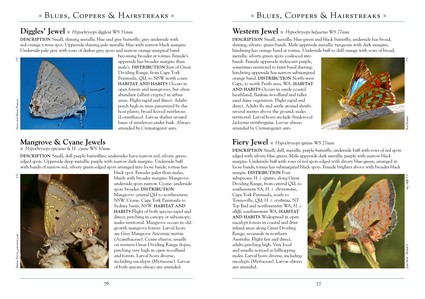You can search multiple publishers by ticking each required publisher box.
Click on the underlined publisher name to see specific imprints belonging to the individual publisher
1517 MEDIA
CARCANET PRESS
CROWN HOUSE PUBLISHING
ETT IMPRINT
FAIR PLAY PUBLISHING
FLORIS BOOKS
GEORGETOWN UNIVERSITY PRESS
ISLAND PRESS
JESSICA KINGSLEY PUBLISHERS
JOHN BEAUFOY AUD
JOHNS HOPKINS UNIVERSITY PRESS
LITTLE STEPS
LUND HUMPHRIES PUBLISHERS LTD
MOMENTUM
NEW YORK UNIVERSITY PRESS
OMNIBUS PRESS
PAVILION PUBLISHING & MEDIA
PENN STATE UNIVERSITY PRESS
PRINCIPLE SOURCE
RENNIKS
ROWMAN & LITTLEFIELD PUBLISHERS
RUDOLF STEINER PRESS
SCION PUBLISHING LTD
SPRINGER PUBLISHING COMPANY
STACKPOLE BOOKS (NBN)
STEINER BOOKS INC
THE LIGHT INC
TL CREATIVE
TUGHRA BOOKS
UNICORN PRESS
UNIVERSITY OF ILLINOIS PRESS



